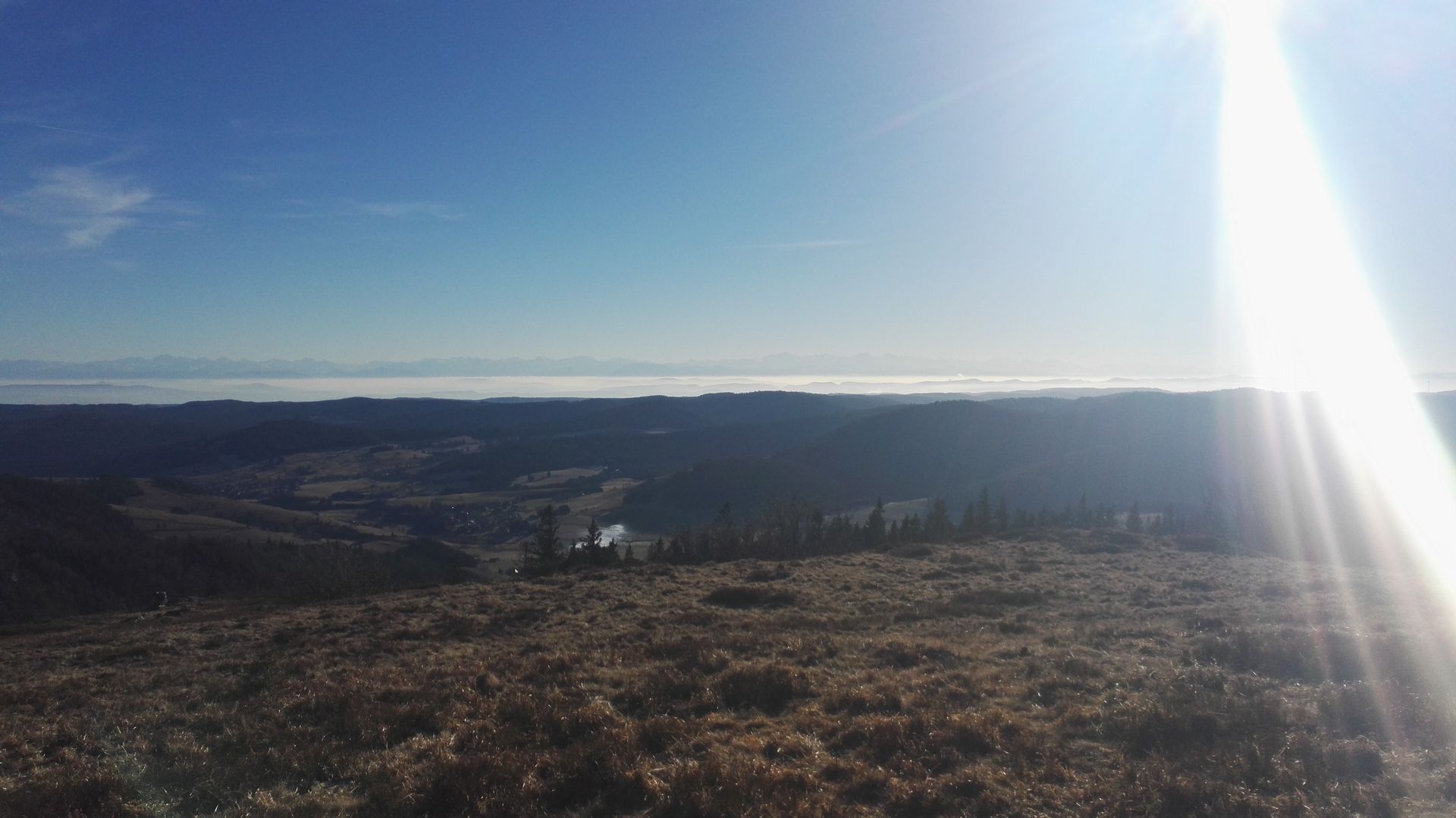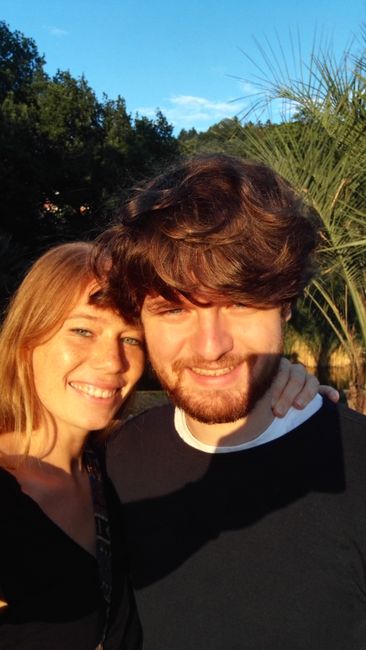Ecuador - of theft, hippie communes, and a volcano.
Diterbitake: 12.04.2019
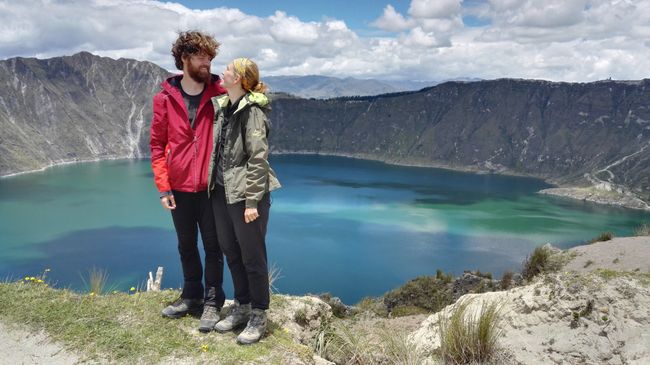
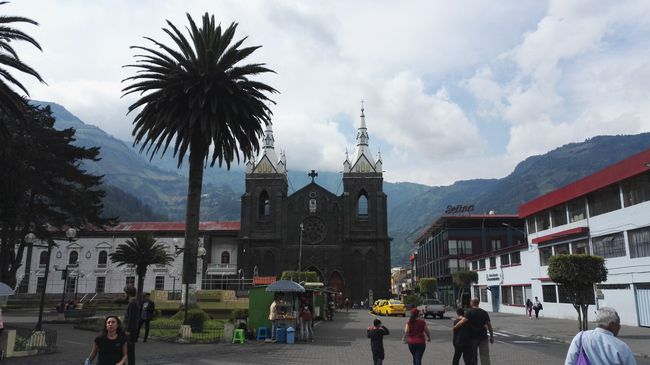
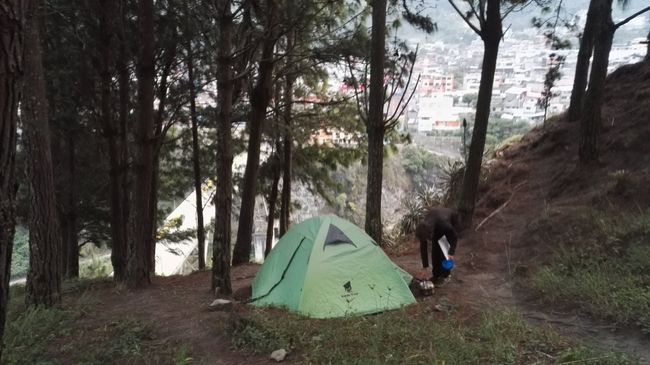
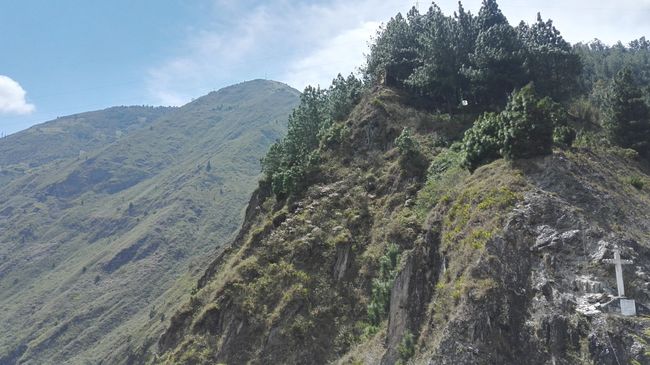
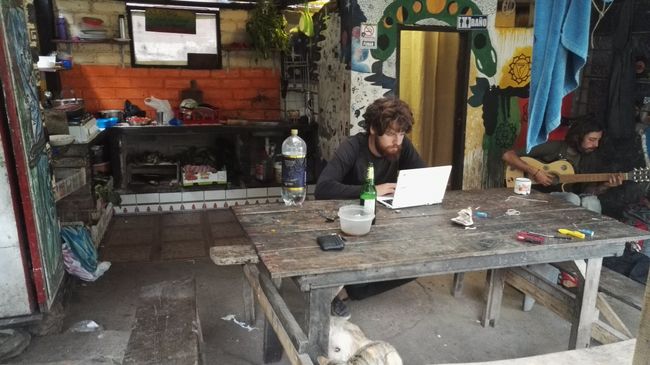
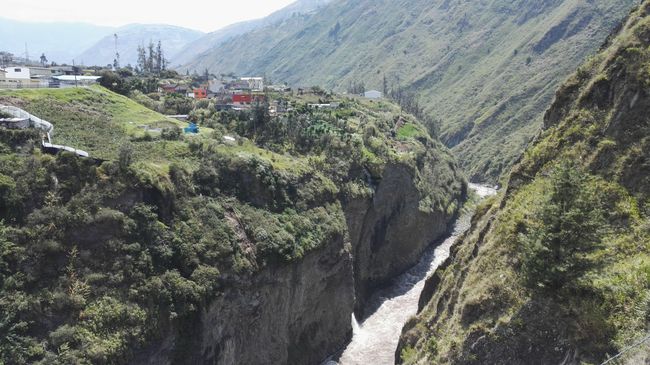
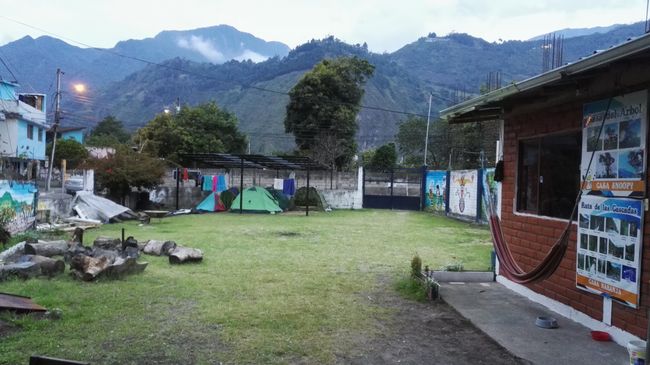
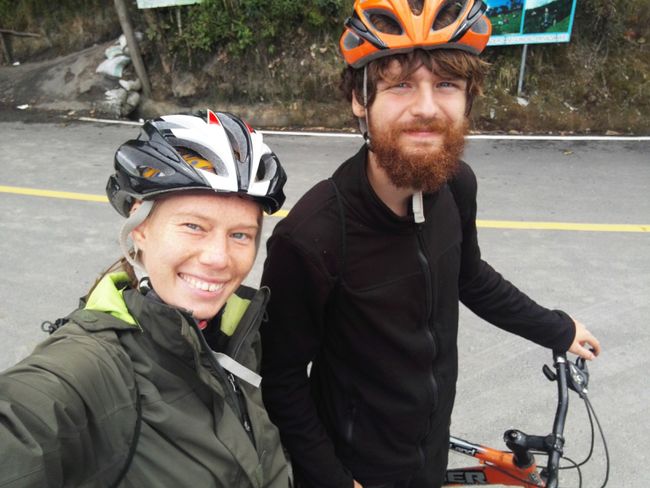
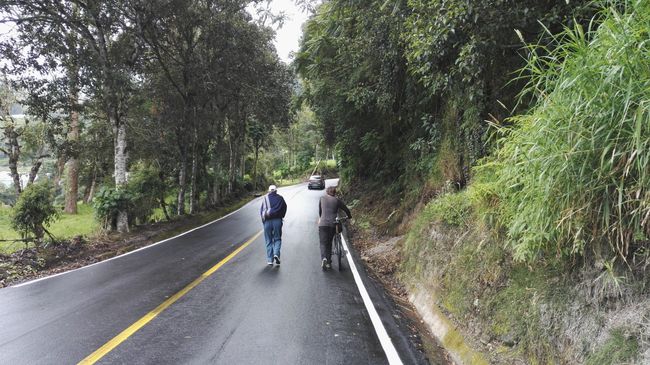
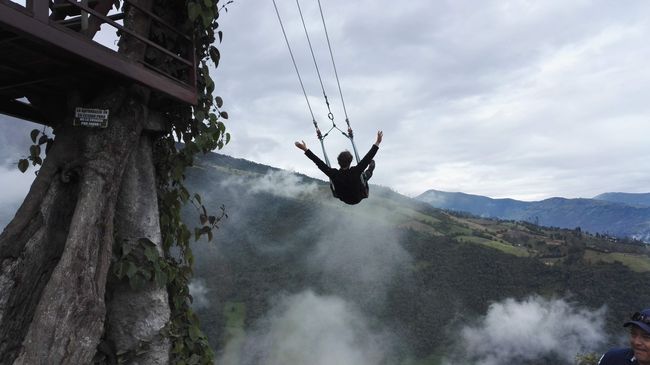
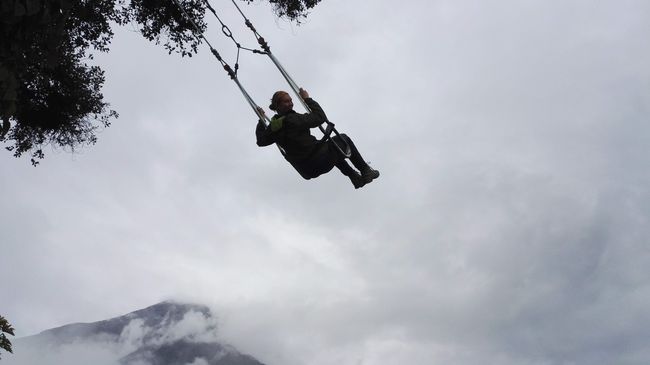
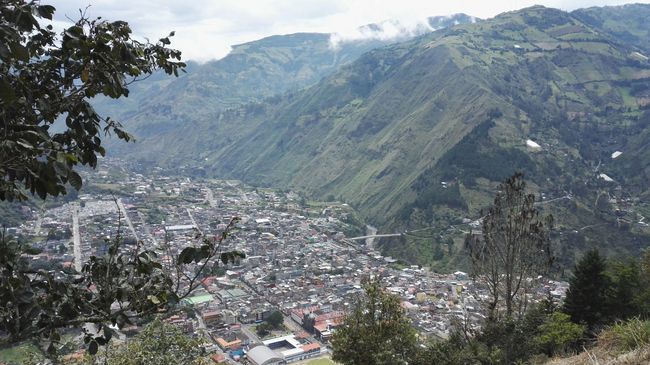
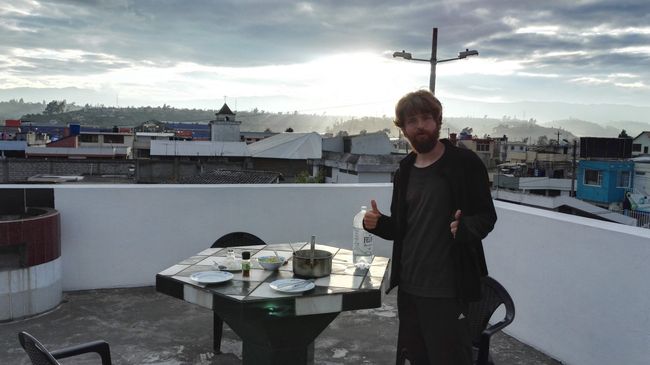
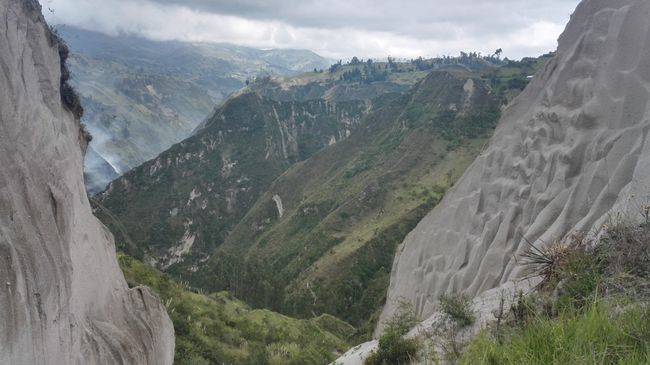
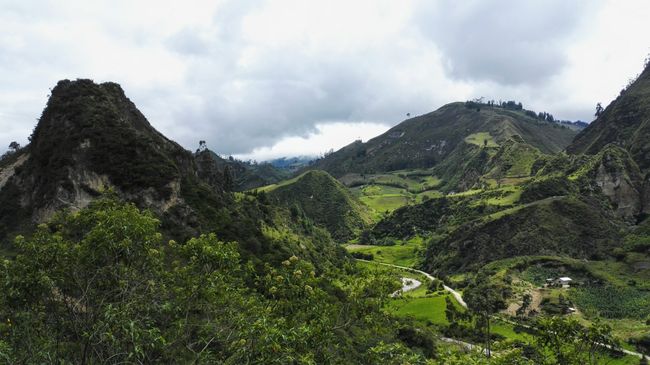
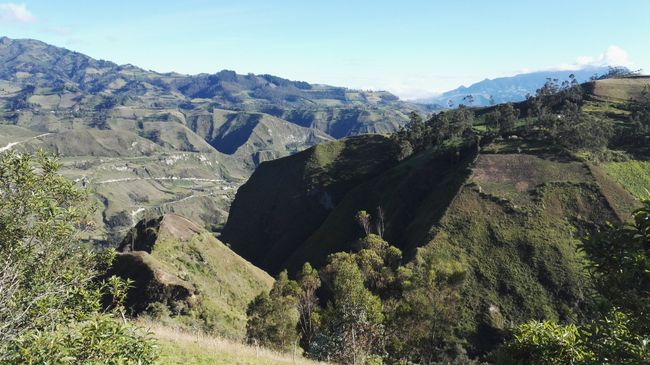
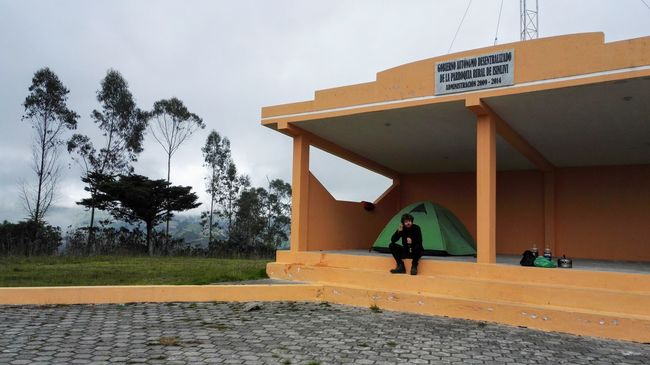
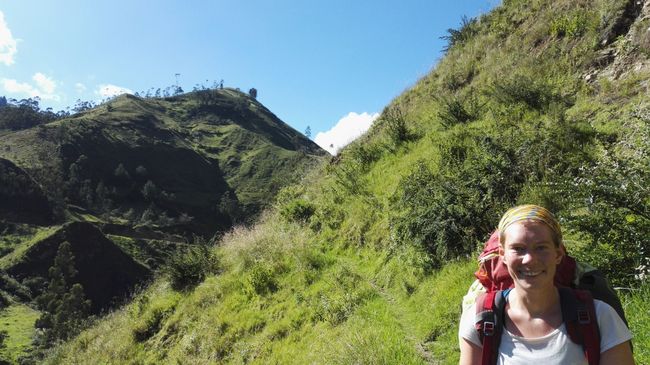
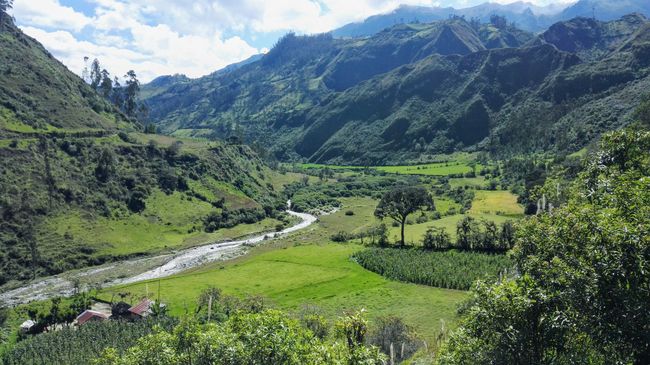
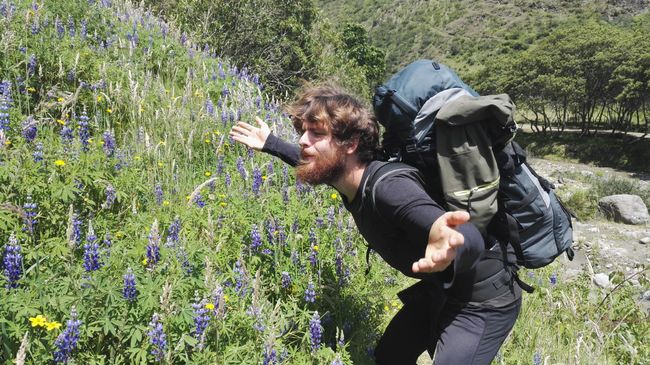
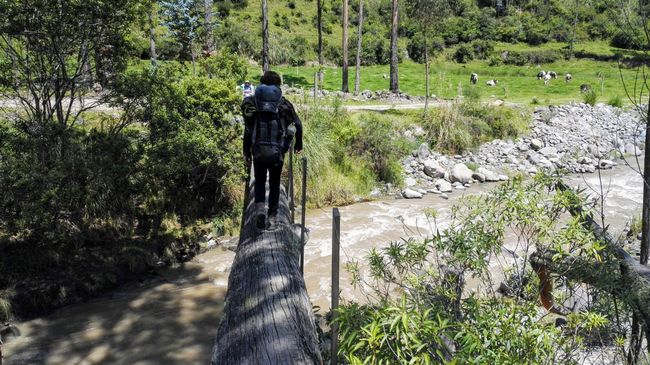
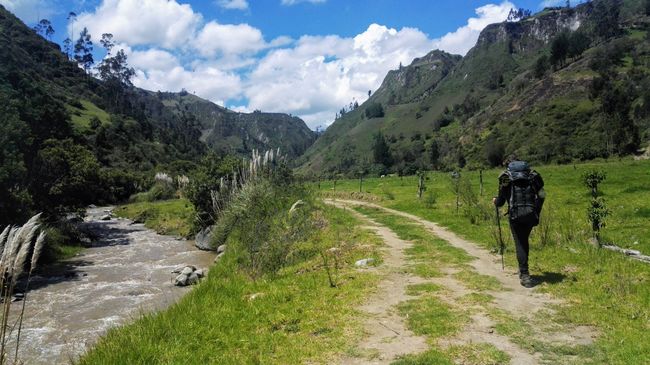
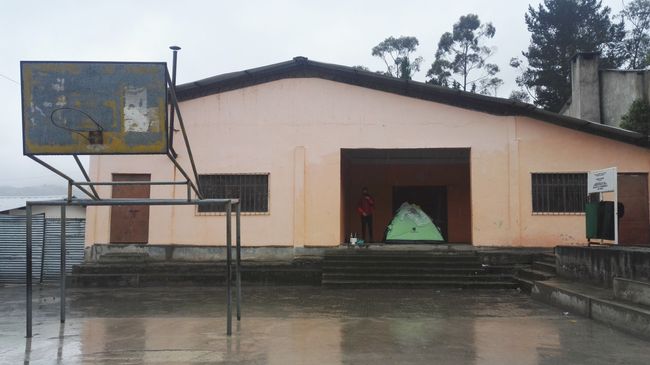
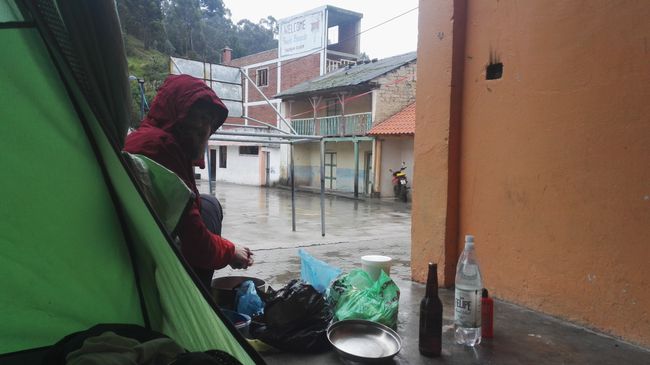
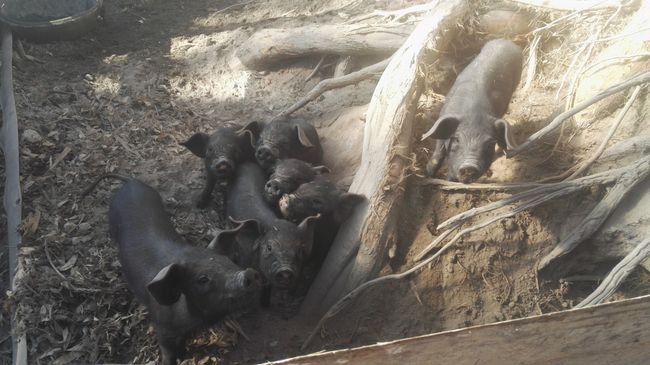
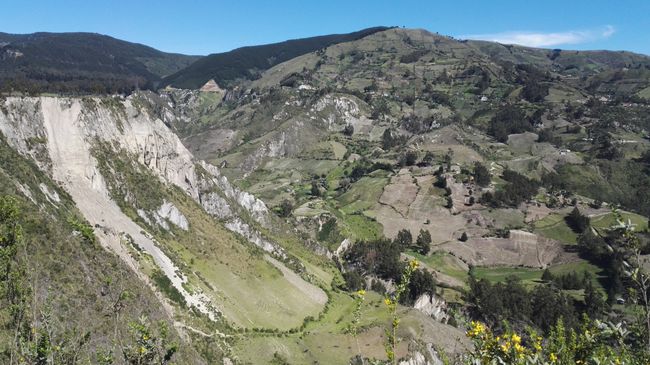
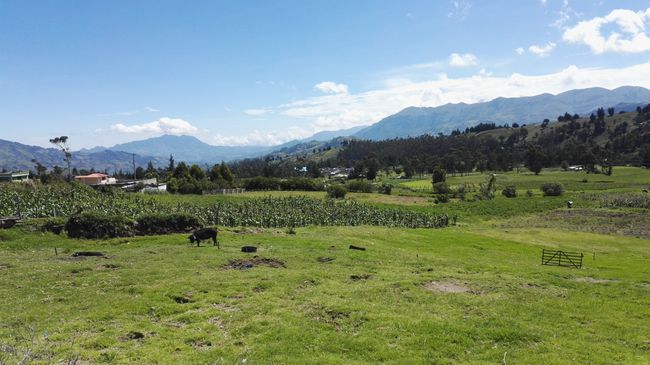
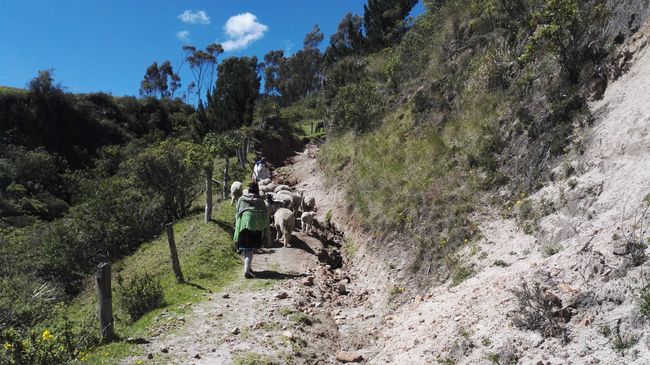
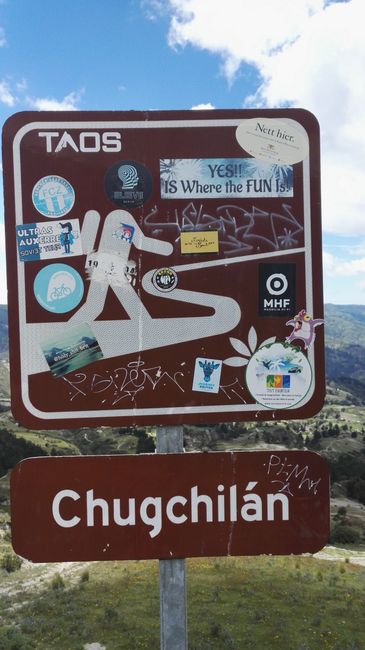
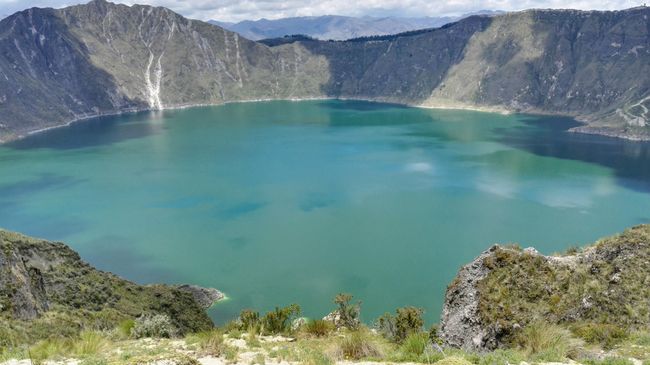
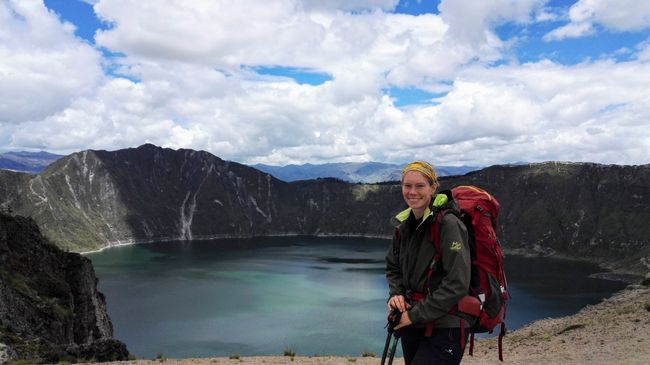
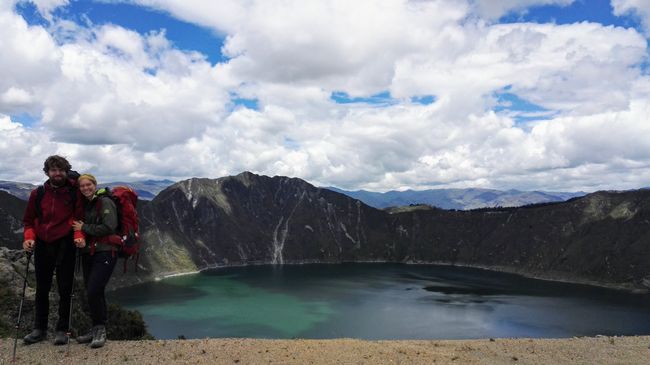
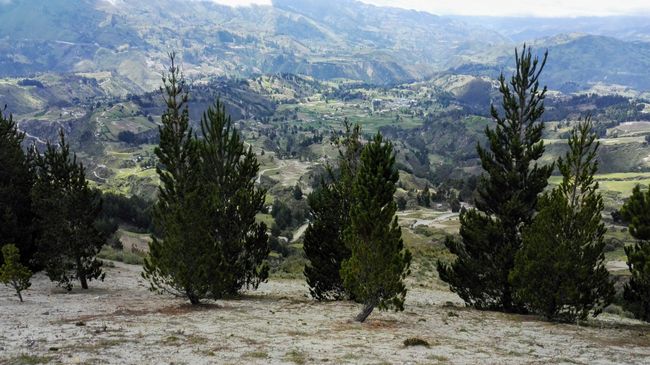
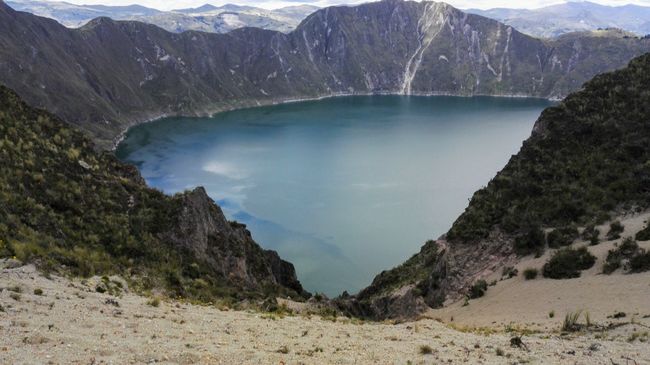
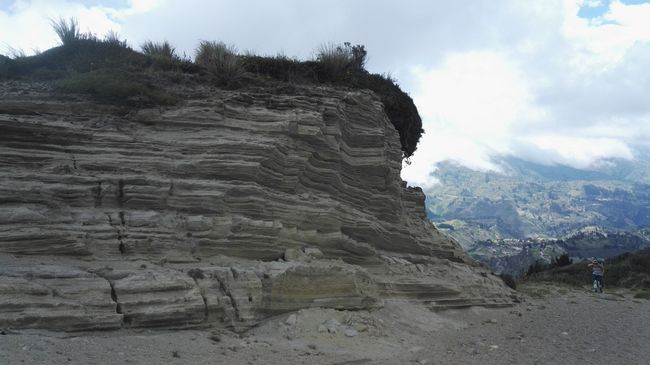
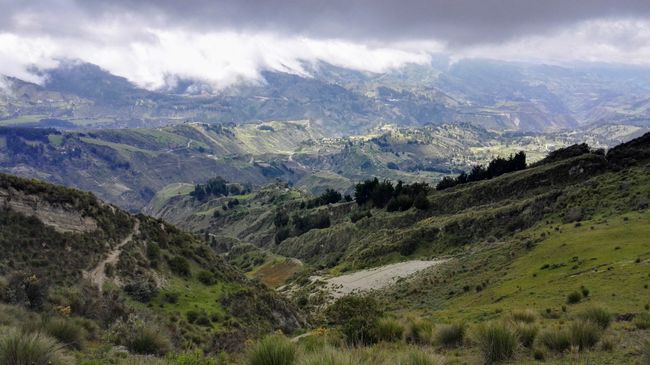
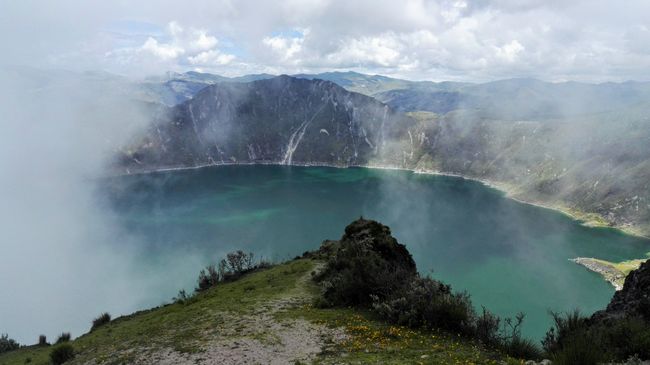
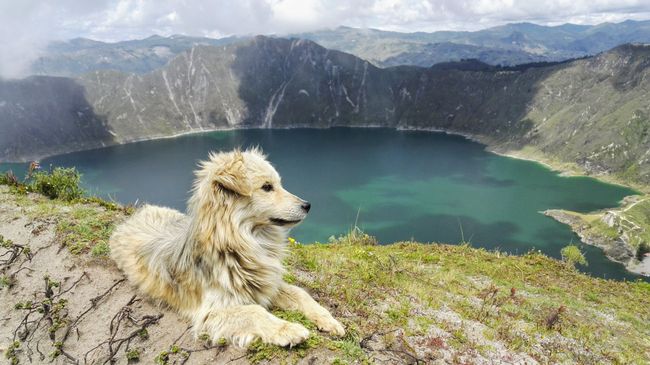
Langganan Newsletter
From the small village of Vilcabamba, where many older wealthy Americans live and drive up prices, we quickly move on by night bus from Loja to Ambato. We arrive tired at sunrise in Ambato, where we have to switch to another bus to Banos. When the bus arrives, many people push their way in, so we wait with our large backpacks. But when a few men in front of us don't seem to intend to get on and just stand in the way, we pass them and also get on. We have just sat down for less than a minute when two men in hoodies get off again. A few seconds later, Jakob unsuccessfully searches his jacket pocket for his cell phone. We immediately jump off the bus and try to find the two men in hoodies. Unfortunately, without success, and we can hardly believe how the phone could have been stolen from the zippered pocket in just a few seconds. Depressed, we arrive in the small town of Banos, where the police cannot locate the phone because only the Peruvian SIM is active.
We decide to camp again, a dear black dog accompanies us on the way to the campsite and also doesn't want to leave our side there, we call him Oskar. The campsite is beautifully situated on a hill with many trees, bushes, and a dozen other cats and dogs. Oskar feels immediately at home, but we feel a bit out of place: loud teenagers and young people from all over South America celebrate the plants with 'healing' powers, as they say, and what Mother Earth gives them. They are already stoned from marijuana and other Aztec herbs in the morning. In the shower, there is a sleeping person covered in blankets, and on the outdoor couch, there is another person who pulls the blanket far over their head to protect themselves from the sun. Both are still in the same position in the evening. No one wonders. Also, the people are not very communicative, except for the guitar player, who talks to us after a few songs. So, the positives are beautiful guitar music, nature, animals, and free leftover vegetables from the market where some people work during the day.
However, the goings-on in the 'hippie commune' are too strange for us. The next day we change campsites. But here too, the people do nothing else but hang out and smoke weed at the campsite. In Ecuador, a lot of grilled guinea pig is sold by the roadside, and pork belly seems to be one of the favorite dishes of the locals, which is also reflected in their bellies. After a difficult bike ride with rickety bicycles that we end up pushing more than pedaling, we continue to Latacunga.
Here we start our three-day hike to the Quilotoa volcano. Unlike all the other hikers we meet, we camp in a tent and find a dry shelter even in wind and rain. The hike takes us three days through lush green meadows and canyons, which we first run down and then have to walk up again on the other side. The other hikers pity us because of our large backpack and look forward to a multi-course meal, sauna, and tiled stove in the evening. But that doesn't bother us much, we find an abandoned building in the city both nights under whose roof we set up our tent, enjoy our homemade food and our freedom. The second night we camp under the canopy of a school in front of a basketball court.
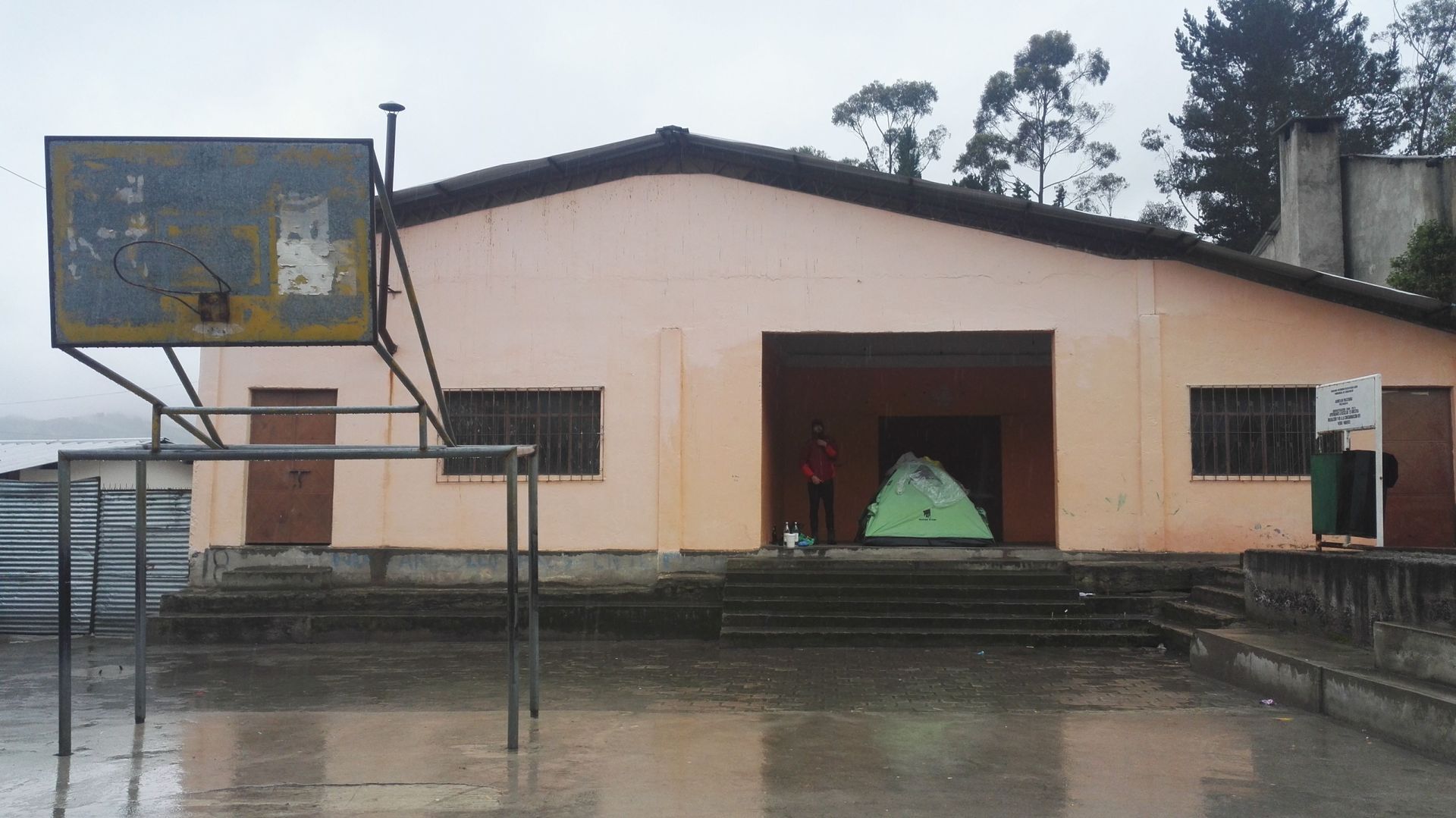
In the evening, the locals play tennis-football while we watch exhausted. At night, some dogs are bothered by the unfamiliar tent, and early in the morning, we are curiously observed by the school children. In front of the school, women have set up masses of sweets, which seem to be breakfast for some children. We are surprised because most children ask us for candy and are not satisfied with a handful of sweets. The ascent to the crater rim on the last day is harder than expected, the candy wrappers from the children are scattered everywhere on the path. In 13 km, we climb over 1,000 meters in altitude, which is actually manageable. But the large backpack and the thin air are affecting us. When we reach the top, we are rewarded with the sparkling water in different colors in the depth of the crater. The highest point of the volcano is at 3,914 meters, and the last eruption probably took place around 1280. The greenish color of the water is due to the minerals in the 250-meter deep crater lake.
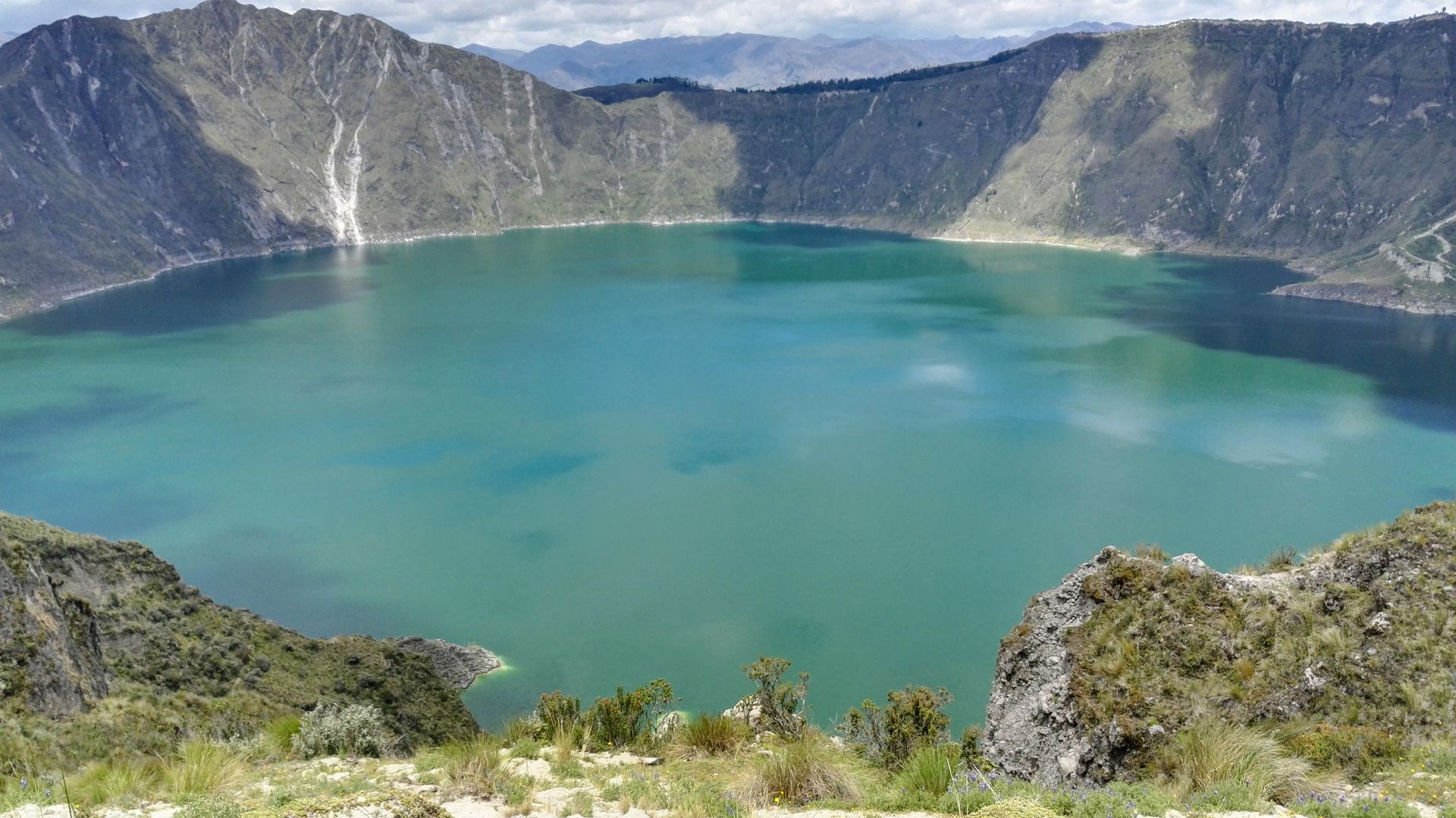
We enjoy the view, talk to other hikers, and eat rice that we have precooked with pesto, tomato, and avocado. With great views of the lake, we walk along the crater rim to the next town. After a night at the hostel in Latacunga, we now head to Ecuador's coast.
Langganan Newsletter
Wangsulan (1)
Ida
Sehr cooler Blogeintrag, wie immer! :)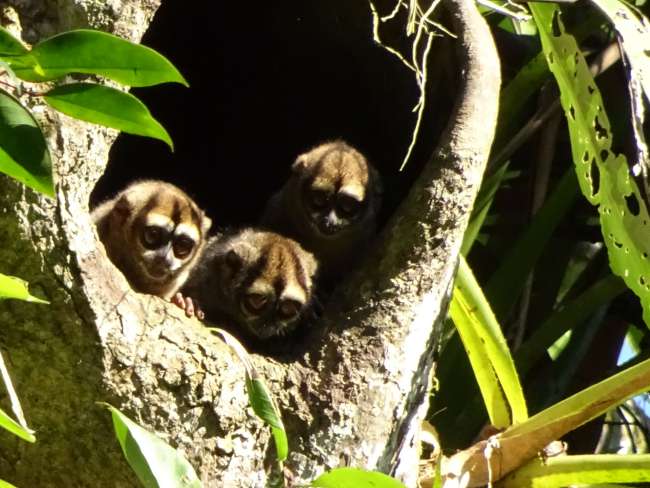
Laporan perjalanan Ekuador
